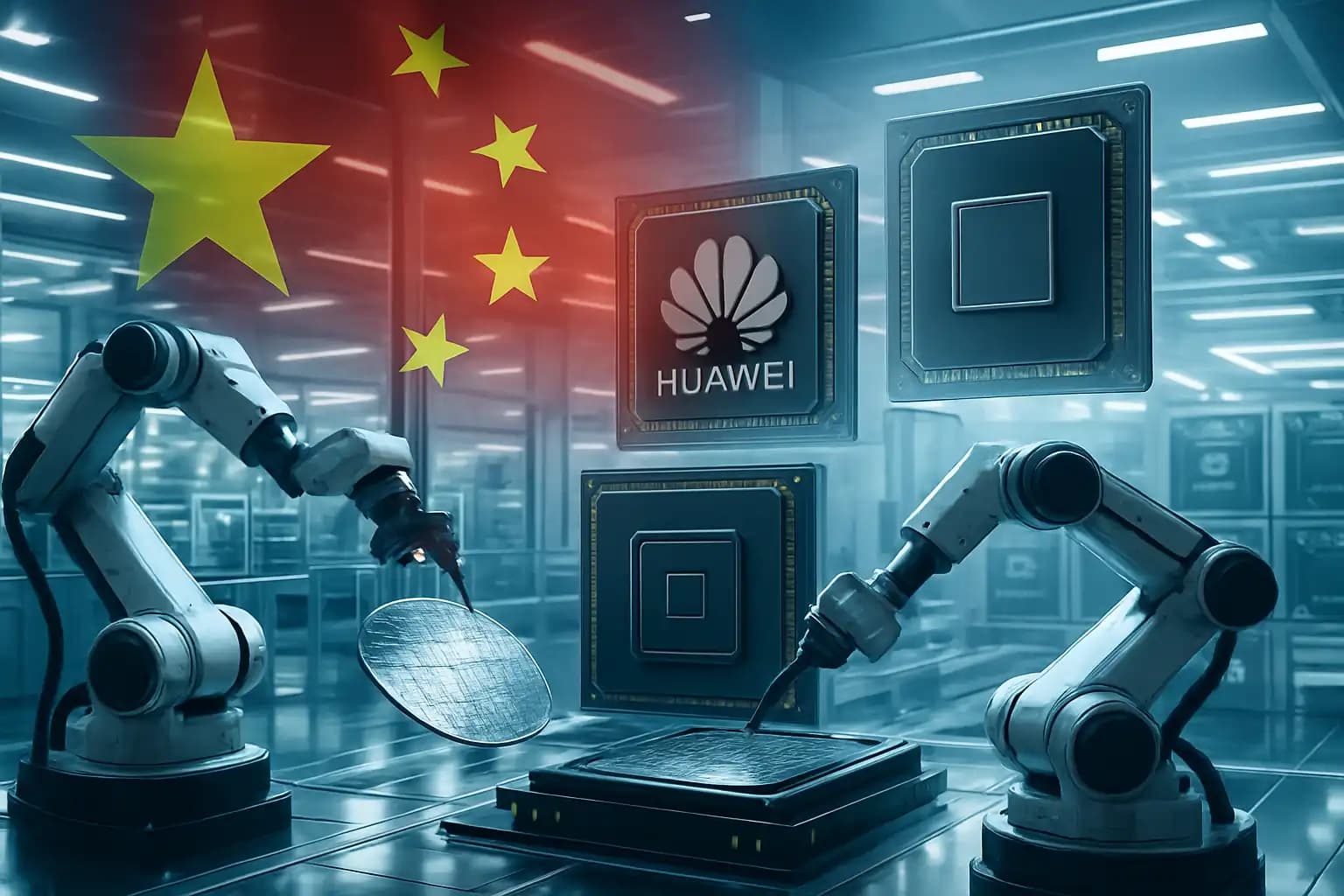If you thought China only made knockoff gadgets and bootleg DVDs, think again. In 2024, the biggest AI story isn’t about open-source drama or hallucinating chatbots. It’s the rise of homegrown Chinese AI chips, designed to rival or replace NVIDIA’s dominance in artificial intelligence. After years of dependence and regulatory whiplash from Washington, China’s engineers and policymakers responded in the only way a survivalist nation could: by playing hardball and building their own silicon giants.
NVIDIA’s GPUs have powered everything from advanced chatbots to government surveillance networks. A U.S. export ban aimed to kneecap China’s ambitions, blocking the latest chips and limiting “special for China” variants like the underpowered H20. Major players like Huawei seized the moment, advancing with chips tailored for AI mass deployment. As this breakdown of NVIDIA’s export bans shows, such bans may slow shipments, but can’t stifle an entire country’s innovation pipeline.
AI Chip Advancements and the Race Against US Restrictions
U.S. chip embargoes ignited a semiconductor scramble. While NVIDIA tweaks designs to evade export rules, Chinese firms race ahead, researching and manufacturing AI chips for their growing home market. The competition is intense: Huawei is reportedly stockpiling custom silicon, as noted in this Reuters exclusive. Official rhetoric and industry strategies uniting industry leaders and the state drive towards a single goal—self-reliance, regardless of the cost.
This drive echoes China’s past secretive industrial projects—described in military development exposés and analyses of underground complexes—where progress intertwines geopolitics and science. Leaders view the AI arms race as the Manhattan Project on overdrive, minus the mushroom clouds (for now).
Competing With Giants: From Huawei Ascend Chips to Diversified Supply Chains
The titans of Chinese tech aren’t just surviving—they’re seeking victory. Huawei’s Ascend chips gain traction for training large models, while other firms diversify supply chains and attract customers blocked from NVIDIA stockpiles. As covered by CNN Business, these chips are quickly becoming the backbone for Chinese industry, defense, and tech research. Meanwhile, foreign watchdogs scramble to keep up as domestic momentum surges, with China building new fabs at an astonishing pace, outpacing global competitors with a flow of state-backed funds.
The rest of the world raises uncomfortable questions: What does it mean when a technological leap resembles a cold war arms race instead of merely an app upgrade? What implications arise for supply security and job markets as a nation once reliant on imports now claims a leadership position that could disrupt the entire landscape?
Semiconductor Industry in China: From Copycats to Innovators
China’s semiconductor industry once faced ridicule as a playground of copycats. Now, it has become a proving ground for the world’s most ambitious silicon dreams. Wikipedia’s summary illustrates that China is the world’s largest chip consumer, scrambling to meet its own demand with homegrown production. This shift is driven by a sophisticated ecosystem—integrated device manufacturers (like YMTC and SMIC), fabless firms (HiSilicon, UNISOC), and a vast network of government-driven investment.
The playbook is straightforward: stop lamenting export bans, invest billions in R&D, and attract global talent. This strategy echoes pivotal moments in Chinese industrial history, sometimes breeding myths and sometimes becoming the stuff of legend, as seen in narratives of lost technological epochs. The rapid construction of fabs—eight out of 19 built globally in just a year—demonstrates that when Beijing commits to silicon, the pace is breathtaking.
AI Geopolitics and the Dominos for Global Tech
Those observing the global chip race experience real shock. U.S. export restrictions have created a two-track world: one where Western firms like NVIDIA juggle compliance and profit, and another where China’s homegrown giants disrupt the balance by pursuing independence. This rapid innovation amid geopolitical pressure mirrors the tech anxiety gripping the industry today, reflected in coverage of AI’s unpredictable behavior and the existential concerns of the existential risk debate.
Will China’s AI chip surge threaten U.S. dominance? Or will it simply broaden the playing field? Regardless, the new silicon order isn’t coming—it’s already here. From the trade-war chessboard to tech’s deepest server racks, the race is personal, political, and a bit inevitable. For more gritty, realpolitik coverage on chip conflicts and beyond, check the pulse at Unexplained.co.





